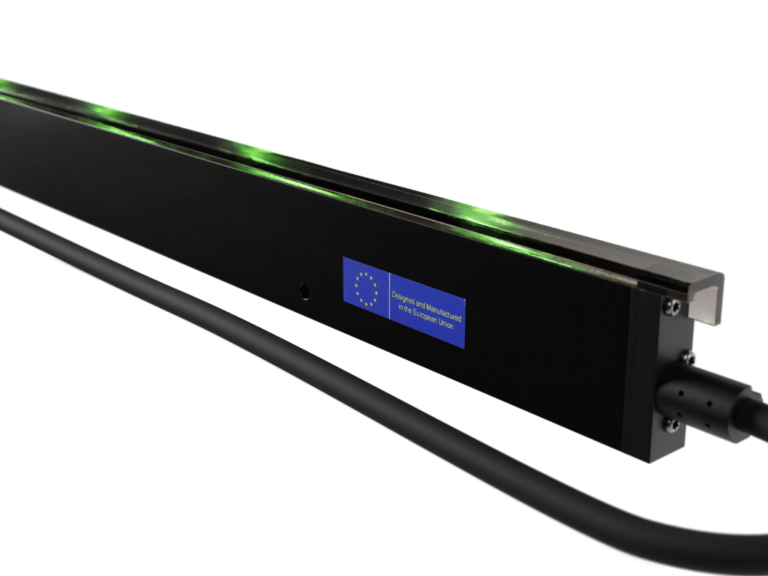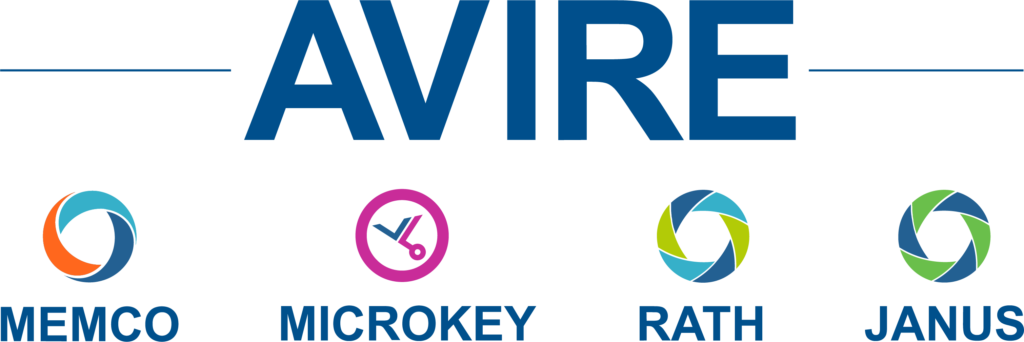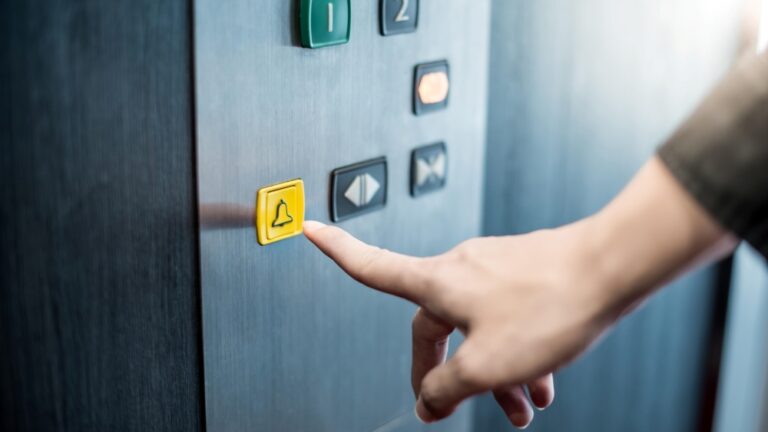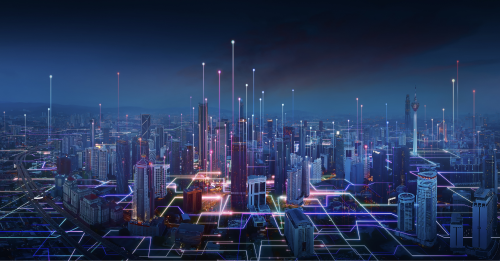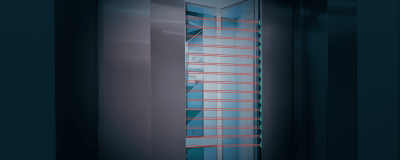More than 2 million AVIRE light curtains have reached customers ranging from global elevator manufacturers to local installers.
EN 81-20
EN 81-20 Standards for Lift Light Curtains
The EN 81-20 lift safety standards provide minimum safety requirements for passenger and goods lifts. We provide a clear and comprehensive overview of the lift safety requirements, particularly the standards for lift light curtains.
Why was EN 81-20 needed to regulate lift safety requirements?
The lift safety standard was introduced to increase safety due to changes in proven technology, and bring the requirements in line with modified EU directives. It also eliminated the separate standards for hydraulic lifts and introduced the requirement for risk analysis and compliance.
Some of the issues the new standard aimed to address include increased strength of doors, car, and well, improved lighting in the lift car, stopping people being able to exit the car if it stopped between floors, improved materials such as flameproof materials and safety glass, increased refuge space, increased refugee space in the pit and more headroom, and improvements to the lift doors and lift light curtains to protect passengers from injury when the lift door closes.
EN 81-20 lift safety requirements
The EN 81-20 safety requirements were introduced in 2017 and apply to all new lifts. They cover all aspects of lift safety, including lighting, material strength, flameproofing, and refuge space.
The EN 81 series covers different aspects of lift safety. EN 81-20 is the overarching standard, covering safety rules for the construction and installation of lifts that transport people and goods. The rest of the EN 81 series covers specific safety measures, such as the standards for remote alarms on passenger and goods lifts (EN 81-28) and accessibility standards, including for persons with a disability (EN 81-70).
Section 5.3.6.2.1.1 of EN 81-20 contains the regulations that set lift light curtains standards.
5.3.6.2.1.1 Automatic power-operated doors
The following applies:
- The kinetic energy of the landing and / or car door and the mechanical elements which are rigidly connected to it, calculated or measured at the average closing speed shall not exceed 10J.
The average closing speed of a sliding door is calculated over its whole travel, less:
- 25mm at each end of the travel in the case of centrally-closing doors;
- The door detector must detect obstacles as small as 50 mm in diameter. To provide this protection from 25 mm to 1600 mm, the door edge needs a minimum of 36 diodes arranged vertically.
A protective device shall automatically initiate reopening of the door(s) in the event of a person crossing the entrance during the closing movement. The protective device may be rendered inoperative in the last 20mm of door closing or gap.
What are the EN 81-20 standards for lift light curtains?
The EN 81-20 lift standards provide minimum safety requirements for the lift door mechanism on passenger and goods lifts.
Distance above the car door sill
The protective device (e.g., the lift light curtain) shall cover the opening over the distance between at least 25mm and 1600mm above the car door sill.
Minimum size of objects to be detected by lift light curtains
Lift light curtains – also known as detectors or safety edges – are safety devices made up of infrared beams to detect the presence of a person or object in the doors’ path. Standard light curtains have 36 of these beams, or diodes. The EN 81-20 standard ensures that the lift light curtain will detect an object of 50mm, which is the diameter of a child’s arm. This reduces the risk of injury to passengers and damage to the lift.
Obstruction or damage to lift light curtains leading to non-compliance with EN 81-20
When the infrared beams are blocked or damaged – for instance, when a sticker is placed over them, corrosive cleaning materials are used, or an object is placed between the doors to stop them closing – the light curtain may no longer comply with EN 81-20 regulations.
Limitation of the kinetic energy of doors
If a failure occurs, or the door detector is deactivated, EN 81-20 requires the kinetic energy of the doors to be limited to 4J, and an acoustic signal to be operated as the doors closed. A diagnostic tool in the door’s detector unit can communicate this safety system failure.
The EN 81-20 lift standards and requirements for lift light curtains in older lifts
While the EN 81-20 lift standards do not apply to older lifts, the industry has adopted these safety standards to increase safety and reduce lift damage. Property owners who upgrade their lift safety systems to meet the new requirements will increase the value of their property while increasing passenger safety.
How to ensure your building meets EN 81-20 lift safety requirements
It can be challenging to keep track of changes to lift safety requirements. That’s why our mechanics and engineers are trained comprehensively on all safety standards, and can help plan lifts for a new property or upgrade existing lifts to be fully compliant with EN 81-20.
Going beyond the minimum safety requirements of EN 81-20
All MEMCO products comply with EN 81-20 regulations, and many of our solutions go well beyond the minimum safety requirements.
For example, the leading cause of lift failure is door damage caused by someone inserting an object between the doors to stop them from closing. A more advanced lift light curtain can alert the lift owner to obstructions or damage that may cause non-compliance with lift safety legislation.
Digital lift monitoring solutions via the AVIRE Hub make it easy to comply with monitoring requirements and the 3-day test calls.
Standards compliance
